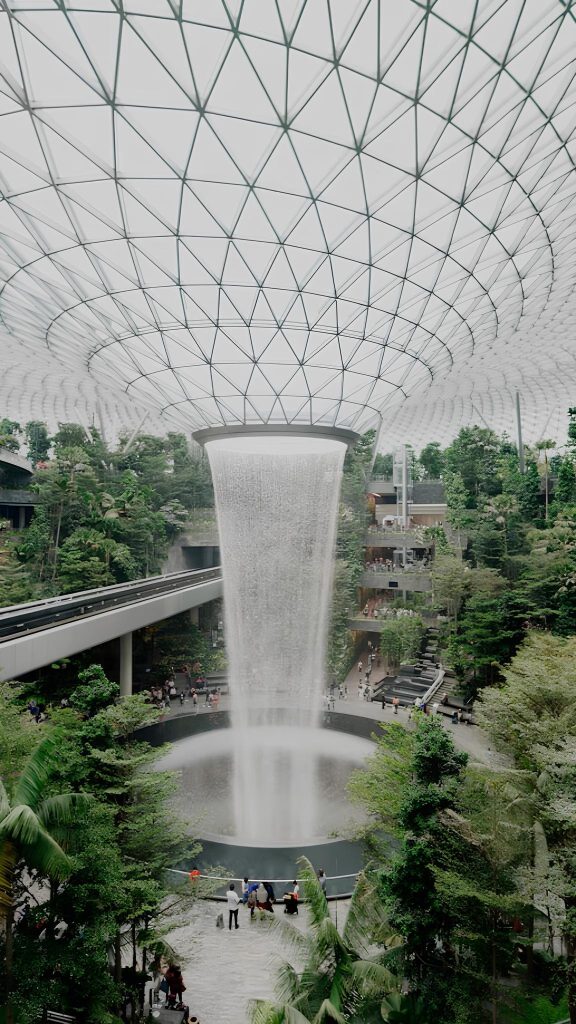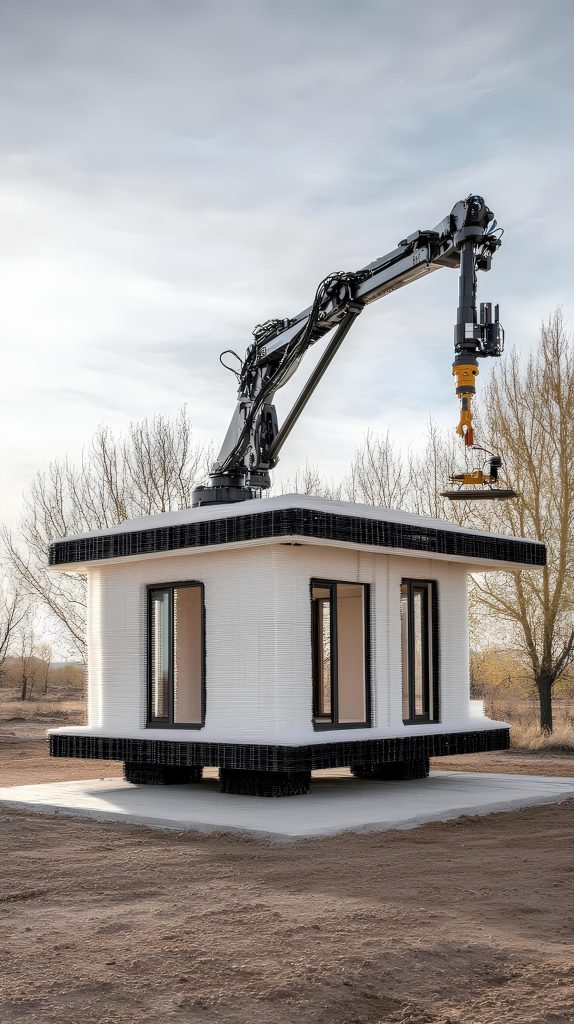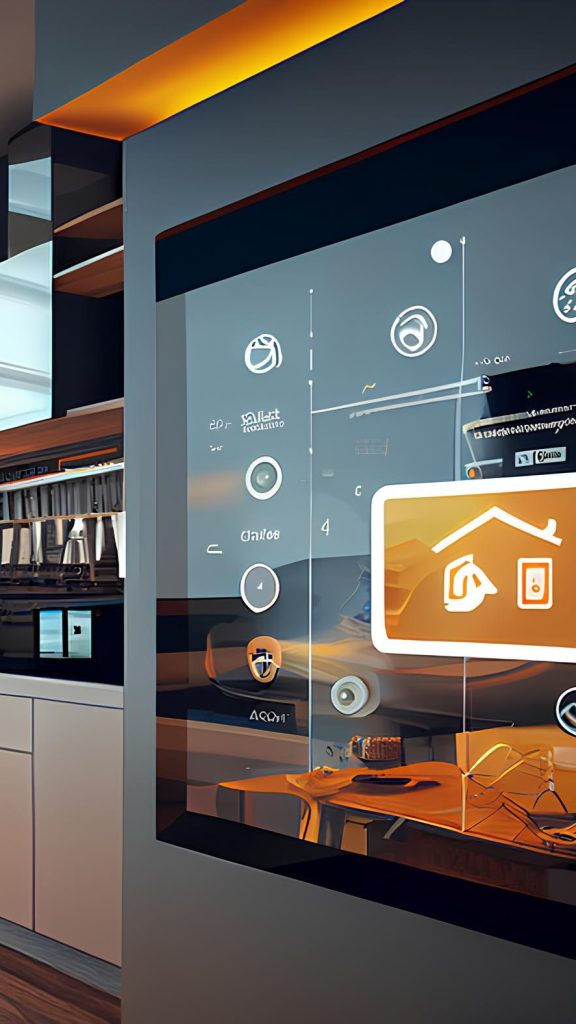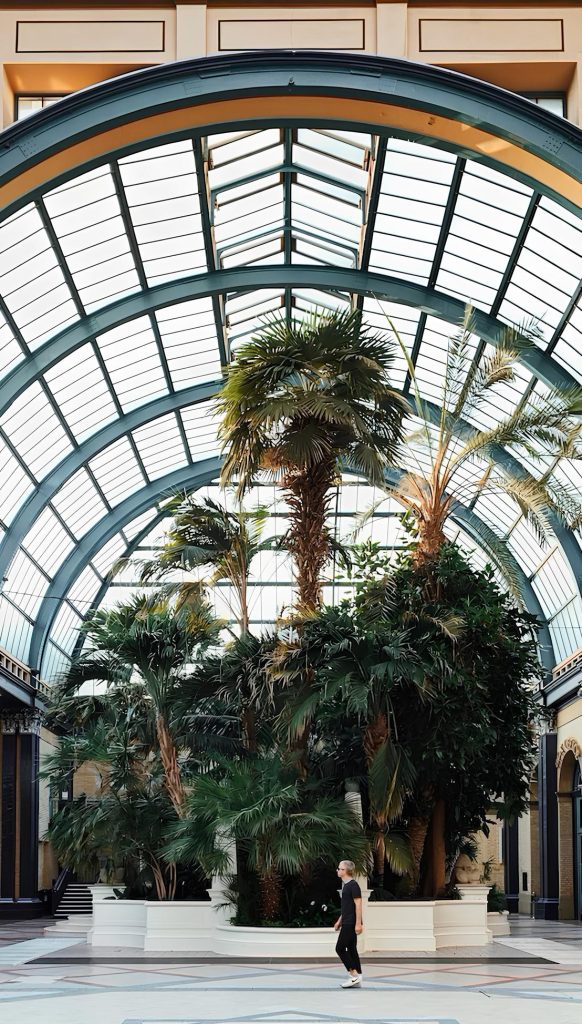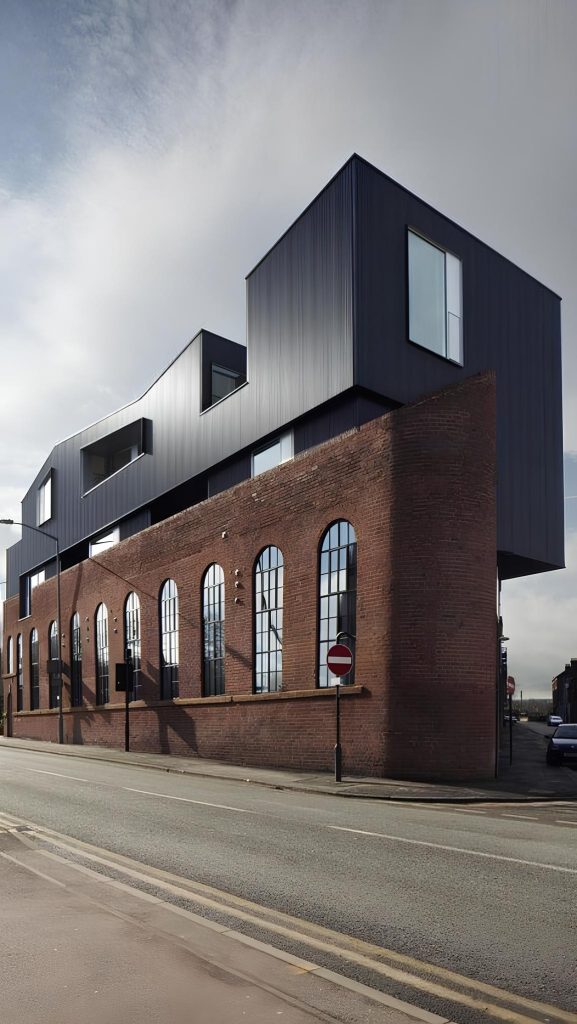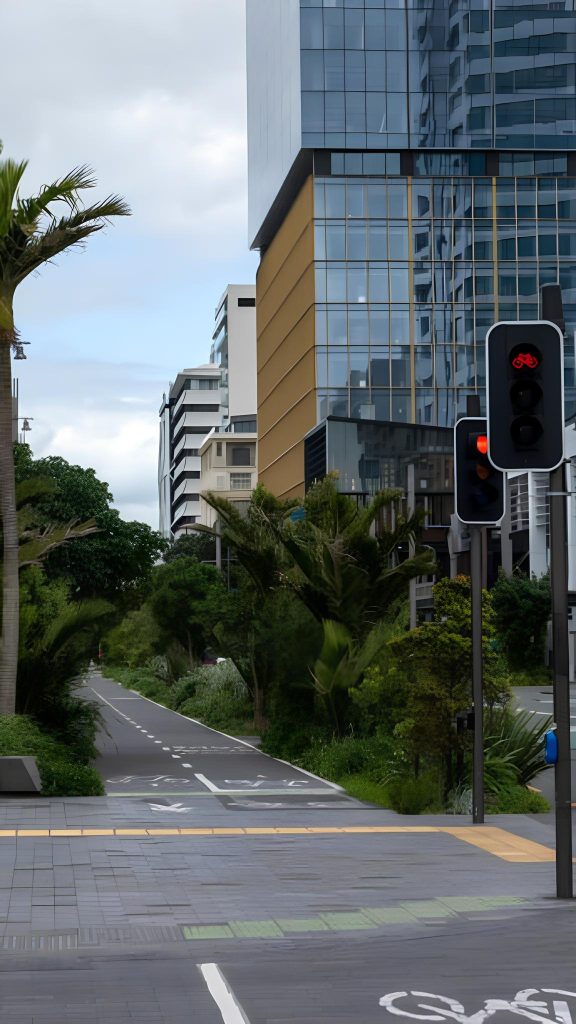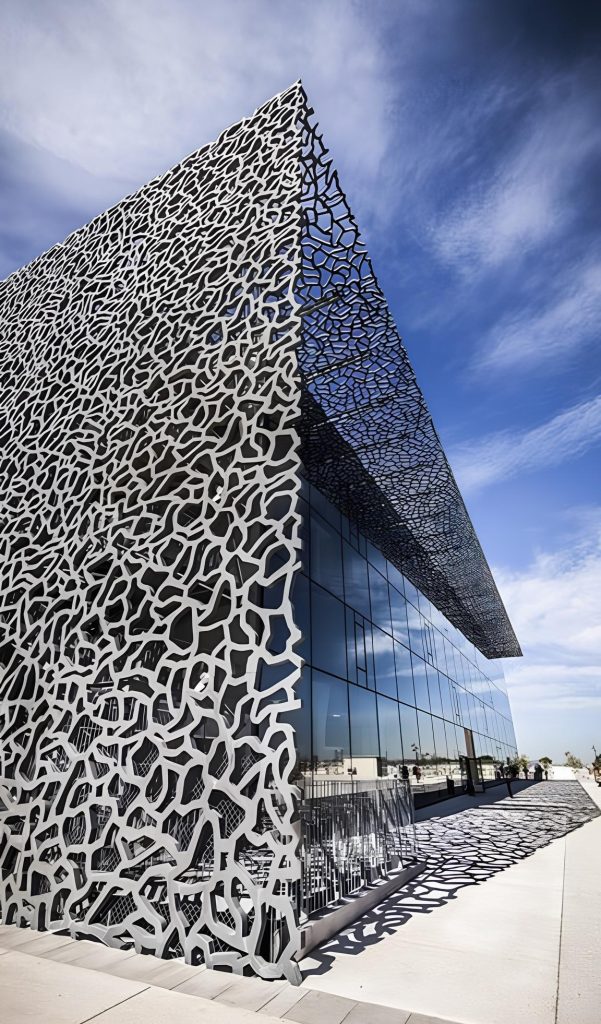7 Building Trends Shaping Modern Architecture in 2025
Architecture has always been a reflection of its time. From the ornate facades of the Renaissance to the minimalist lines of the Bauhaus movement, each era brought new philosophies and technologies that reshaped how we build. In 2025, modern architecture is experiencing another wave of innovation—driven by climate urgency, digital tools, and a global rethinking of urban life.
This article explores the 7 building trends shaping modern architecture today. Whether you’re a seasoned architect, developer, or curious enthusiast, these trends offer a glimpse into where the industry is heading.

